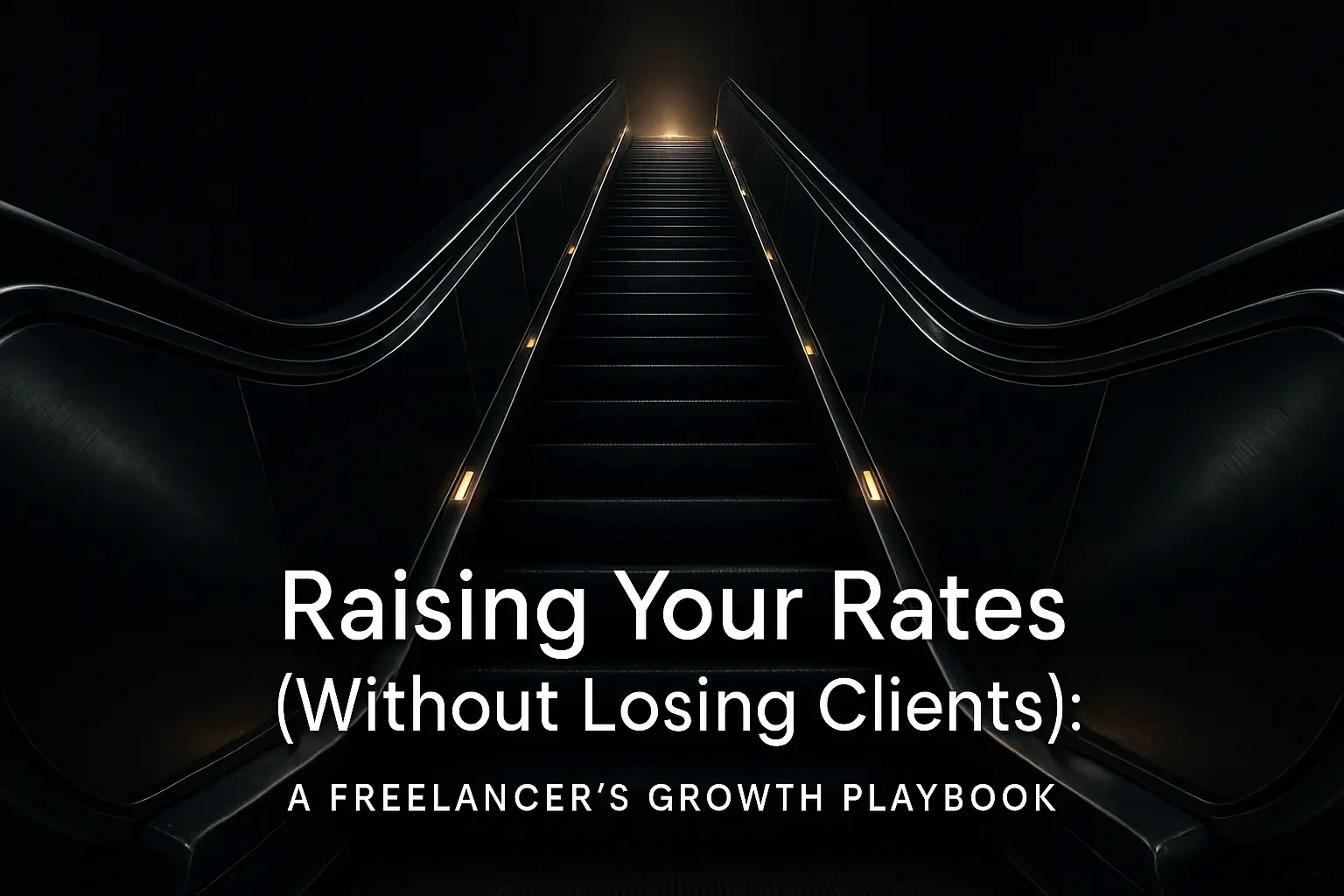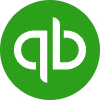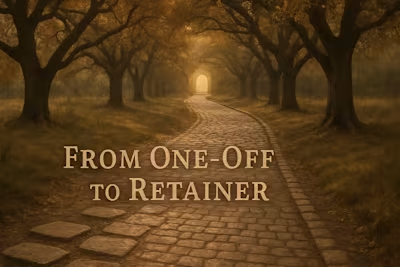Raising Your Rates (Without Losing Clients): A Freelancer’s Growth Playbook

Raising Your Rates (Without Losing Clients): A Freelancer's Growth Playbook
The 'Why' and 'When': Justifying Your New Rates
Are You Undercharging? Signs It's Time for a Raise
Calculating Your New Rate: Beyond Inflation
The Power of Value-Based Pricing
The Conversation: How to Announce a Rate Increase
Informing Existing Clients: The Graceful Approach
Email Templates for Announcing Your New Rates
Handling Pushback and Negotiation
Updating Your Presence: Website, Proposals, and Profiles
Growing Into Your New Value
Leveling Up Your Deliverables and Client Experience
Why Losing Some Clients Can Be a Good Thing
The Confidence Factor: Owning Your Expertise
References
Raising Your Rates (Without Losing Clients): A Freelancer's Growth Playbook
The 'Why' and 'When': Justifying Your New Rates
Are You Undercharging? Signs It's Time for a Raise
Calculating Your New Rate: Beyond Inflation
The Power of Value-Based Pricing
The Conversation: How to Announce a Rate Increase
Informing Existing Clients: The Graceful Approach
Email Templates for Announcing Your New Rates
Handling Pushback and Negotiation
Updating Your Presence: Website, Proposals, and Profiles
Growing Into Your New Value
Leveling Up Your Deliverables and Client Experience
Why Losing Some Clients Can Be a Good Thing
The Confidence Factor: Owning Your Expertise
References
Posted Jul 6, 2025
Feeling underpaid? It's time for a raise. Learn the strategic way to increase your freelance design rates, communicate your value, and keep your best clients happy.








